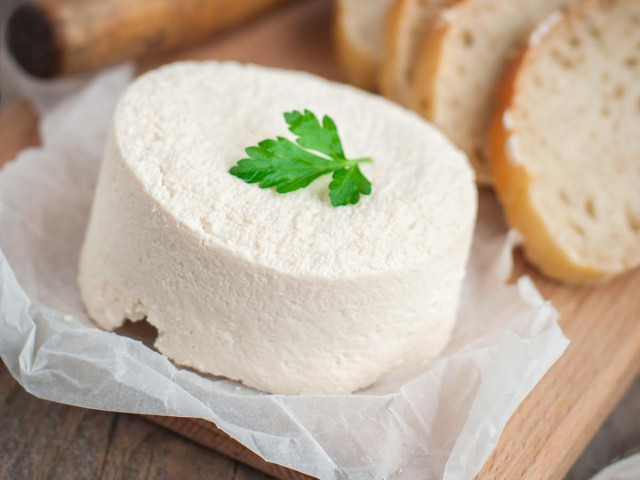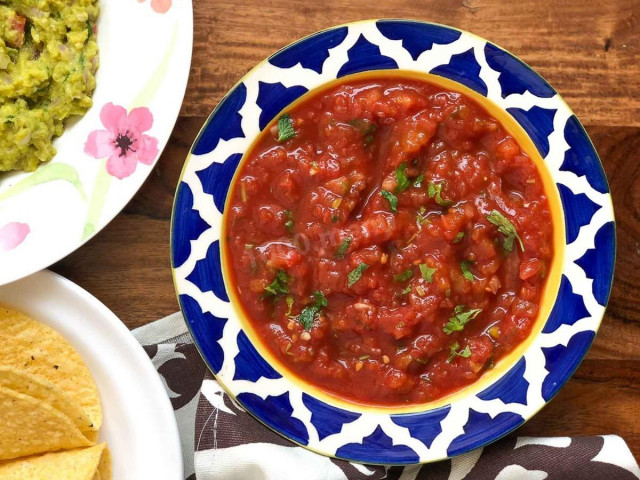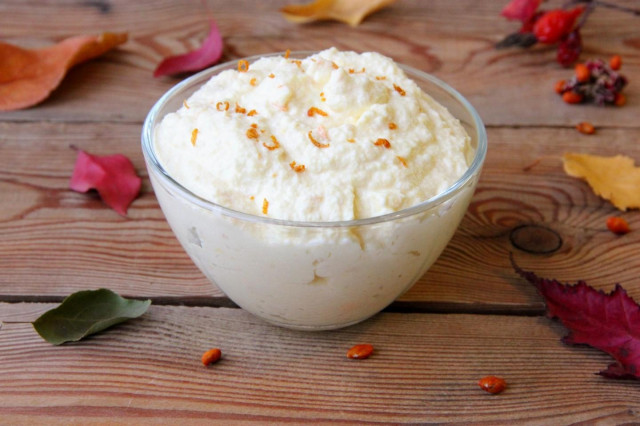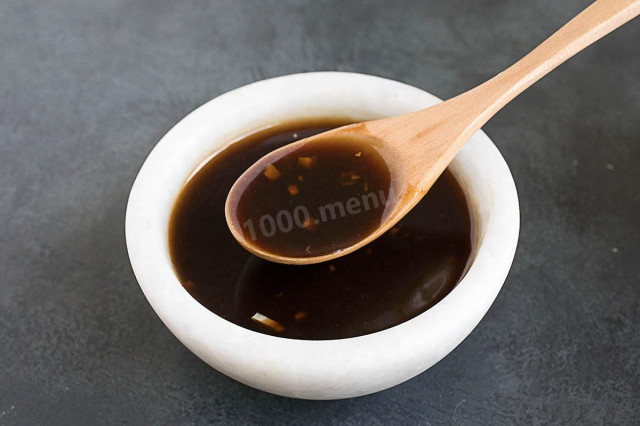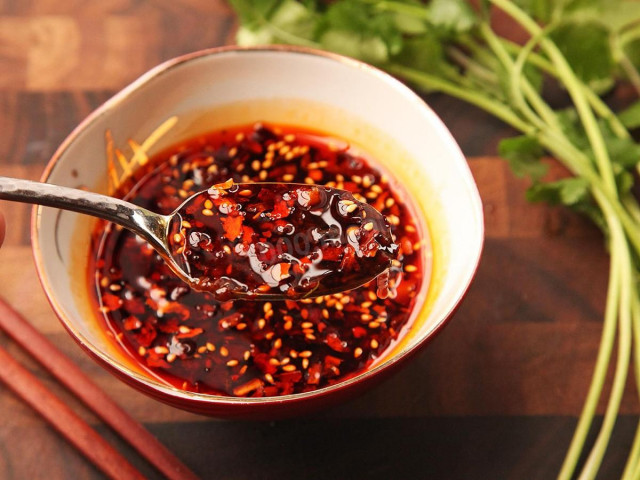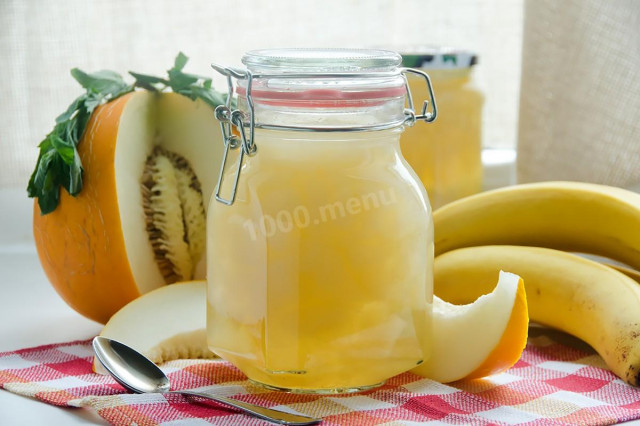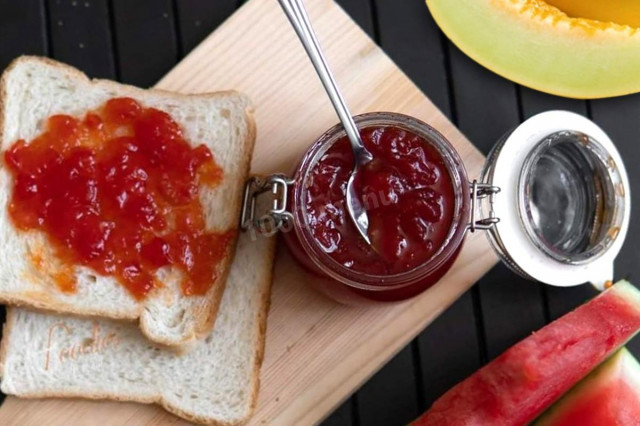Composition / ingredients
Cooking method
Sheep's milk for making cheese needs less than cow's milk. Sheep's milk is very nutritious and healthy. It is well absorbed. To prepare cheese according to this recipe, you will need 5 liters of milk. In addition to milk, pepsin is needed. It can be replaced with rennet powder, which will need 2 times less pepsin. For lack of it, you can use rennet, but it is quite difficult to cook it.
First you need to prepare a container into which the serum will drain, and a colander. And also a coarse cloth made of linen, which should be sterile. To do this, it needs to be boiled.
In a small bowl, which should be enameled or glass, mix pepsin with table salt, pour a small amount of warm boiled water. Mix everything together. The water temperature should not exceed 35 degrees Celsius.
Preheat the milk to 30 degrees Celsius. If the room is cold, you can increase the temperature to 32 degrees, but no more. Pour the mixture of pepsin with salt and water, mix. Cover the container with a lid and hold it until the clot becomes dense enough, but not too much. If you dip the handle of a spoon or fork into it at an angle and lift the clot, it will break. At the same time, there will be no flakes on the handle. If they remain, then the mixture must still be maintained. The main thing is not to overdo it, the clot should not be too thick.
We install a colander over the container, line it with a cloth and spread a clot on it, breaking off large pieces (about 3 cm). Then the ends of the fabric are tied and the structure is left in this form for 10 minutes. After we untie the fabric, we put a load on the future cheese for 15 minutes. When this time has passed, we cut the cheese more finely and put the load again, but already 2 times more weight.
After 20 minutes, we remove the load, tie the fabric again and place an even heavier load on top. We wait for another 20 minutes, after which we pour cold water on the cheese so that it cools down a lot. The cheese is ready.
For long-term storage, we prepare a 20% salty solution in which we place the cheese. The cheese will pop up - the surface needs to be sprinkled with a little salt. We remove the cheese for storage in a cold place (no more than 10 degrees Celsius).
Such cheese can be used for salads, sandwiches, pastries or to eat on your own. It's delicious!
Caloric content of the products possible in the composition of the dish
- Whole cow's milk - 68 kcal/100g
- Milk 3.5% fat content - 64 kcal/100g
- Milk 3.2% fat content - 60 kcal/100g
- Milk 1.5% fat content - 47 kcal/100g
- Concentrated milk 7.5% fat content - 140 kcal/100g
- Milk 2.5% fat content - 54 kcal/100g
- Salt - 0 kcal/100g
- Water - 0 kcal/100g
- Brine - 1 kcal/100g
- Pepsin - 38 kcal/100g

